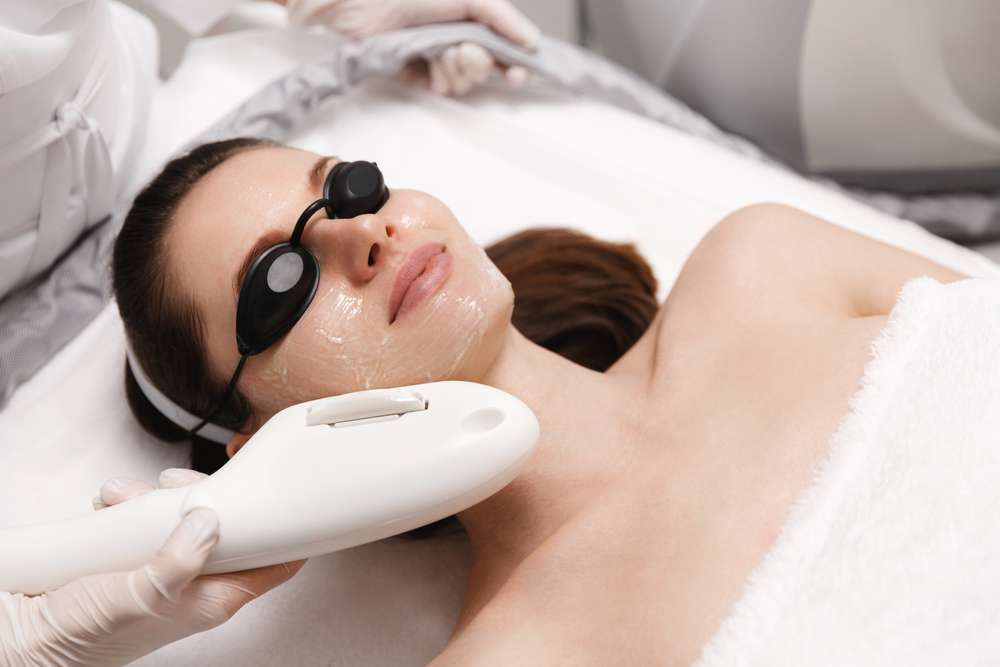Renew Your Skin: The Essential Guide to Laser Rejuvenation
Discover how laser skin rejuvenation can restore texture, reduce wrinkles, fade sunspots, and improve overall skin health. This guide explains ablative, non-ablative, and fractional lasers, what to expect at a clinic, typical session counts, recovery timelines, potential side effects, and estimated costs. Learn whether laser treatments are a good fit for your skin concerns and how to prepare for safer, more effective results.

What is laser skin rejuvenation and how does it work?
Laser skin rejuvenation uses focused light energy to trigger the skin’s natural repair mechanisms. Different laser technologies target either the skin surface or deeper layers. Ablative lasers vaporize the top layer of skin, prompting a fresh skin surface to form and stimulating collagen production. Non-ablative lasers, by contrast, deliver heat beneath the surface while leaving the epidermis largely intact, encouraging collagen remodeling with less downtime. Fractional lasers split the beam into micro-columns, treating small zones while preserving surrounding tissue for quicker healing. The right approach depends on the skin issue you want to improve and how much recovery time you can tolerate.
Which skin concerns respond well to laser treatments?
Laser procedures can address a broad array of cosmetic and textural problems. Common issues that respond well include:
- Fine lines and wrinkles
- Sun damage and age spots
- Acne scars and other types of scarring
- Uneven skin tone and texture
- Enlarged pores
- Rosacea and persistent redness
- Mild to moderate skin laxity
Effectiveness varies by condition, the specific device used, and your skin type. A professional assessment is important to set realistic expectations and to select the most suitable laser modality.
What happens during a clinic visit for laser treatment?
A typical in-clinic session follows several clear steps to ensure safety and results:
-
Consultation: A licensed dermatologist or certified aesthetic specialist will evaluate your skin, review medical history, and discuss desired outcomes. This determines the best laser type and treatment plan.
-
Preparation: The area is cleansed. For more intensive procedures, a topical anesthetic or local numbing may be applied to reduce discomfort.
-
Eye protection: Both patient and provider wear protective eyewear to shield the eyes from laser light.
-
Treatment: The practitioner moves the laser handpiece across the target area, delivering controlled pulses. Sensations range from warm to a snapping feeling depending on the device.
-
Aftercare: Immediately after, a cooling gel, ointment, or ice packs may be used to soothe treated tissue. Providers will outline a home care routine to support healing and protect against sun exposure.
Session length depends on the area and technology used. Small areas can be treated in about 30 minutes, while full-face or more complex protocols may take up to two hours.
How many sessions will you likely need?
Most patients achieve optimal improvement through multiple sessions rather than a single visit. Typical recommendations are:
- Mild concerns: 3 to 5 sessions spaced 4 to 6 weeks apart.
- Moderate to significant issues: 6 to 8 sessions or more may be needed.
- Ablative procedures: Often fewer sessions are necessary (sometimes 1 to 2), but each session is more intensive and requires longer recovery.
Results accumulate over time. Some improvements appear quickly, but full benefits develop over months as new collagen and elastin are formed.
Possible side effects and recovery timelines
Laser resurfacing is generally safe when performed by trained professionals, but potential side effects include:
- Redness and swelling: Common immediately after treatment, typically resolving in days to a couple of weeks depending on intensity.
- Mild discomfort: Many describe a sunburn-like sensation for short periods after the procedure.
- Peeling or flaking: More likely after ablative treatments as the outer skin sheds to reveal fresh tissue.
- Temporary pigment changes: Treated areas can darken or lighten temporarily, particularly in darker skin tones.
- Rare complications: Infection, scarring, or permanent changes in texture are uncommon but possible.
Recovery varies by laser type. Non-ablative treatments often allow you to return to normal activities right away with minimal downtime. Ablative resurfacing can require 5 to 7 days or longer for noticeable healing, and full maturation may take several weeks.
| Treatment Type | Average Cost | Number of Sessions | Downtime |
|---|---|---|---|
| Non-ablative Laser | $300 - $600 per session | 3-5 sessions | Minimal |
| Ablative Laser | $1,500 - $3,000 per session | 1-2 sessions | 5-7 days |
| Fractional Laser | $750 - $1,500 per session | 3-5 sessions | 1-3 days |
Prices, rates, or cost estimates mentioned in this article are based on the latest available information but may change over time. Independent research is advised before making financial decisions.
Choosing a provider and preparing for treatment
Select a board-certified dermatologist or a qualified clinician with experience in the specific laser you need. During consultation, ask about the device model, expected outcomes, before-and-after photos from similar patients, and the full cost including follow-up care. Follow pre-treatment instructions closely, which often include avoiding tanning, certain medications, and some topical products to reduce the risk of complications.
Getting the best results
Consistency and proper aftercare improve outcomes. Use broad-spectrum sunscreen daily, follow your clinician’s post-procedure skincare plan, and attend scheduled follow-ups. Combining laser therapy with complementary treatments — such as topical retinoids, chemical peels, or microneedling — may enhance results; discuss combination strategies with your provider.
Laser skin rejuvenation can be a powerful option for improving texture, tone, and signs of aging. However, it is not one-size-fits-all. A personalized plan developed with a qualified professional ensures the right technology, realistic expectations, and safer recovery.
This article is for informational purposes only and should not be considered medical advice. Please consult a qualified healthcare professional for personalized guidance and treatment.






